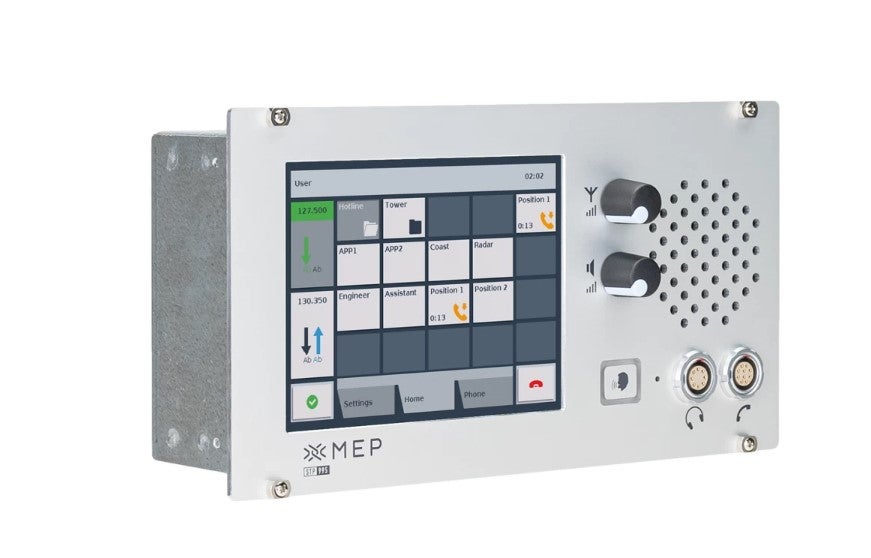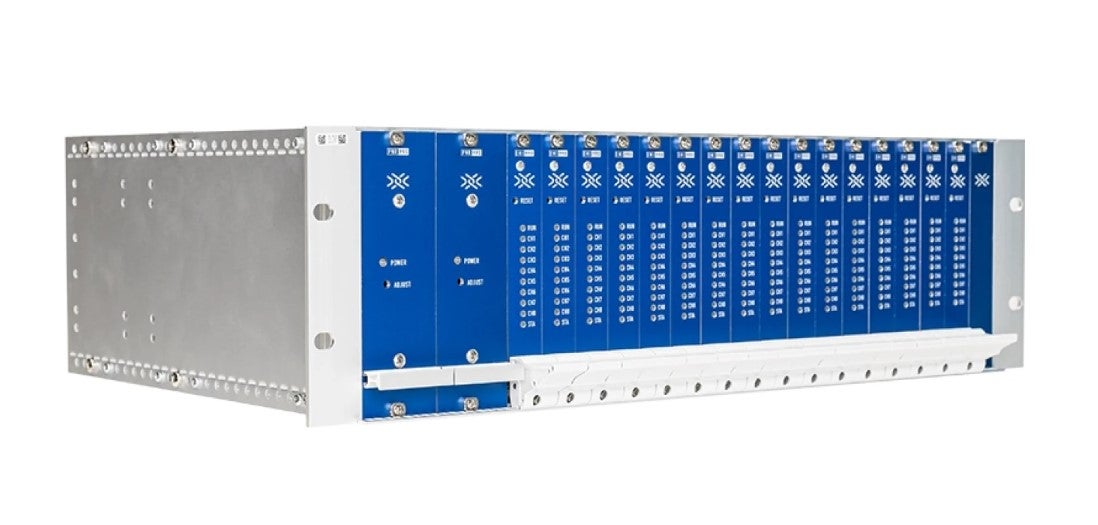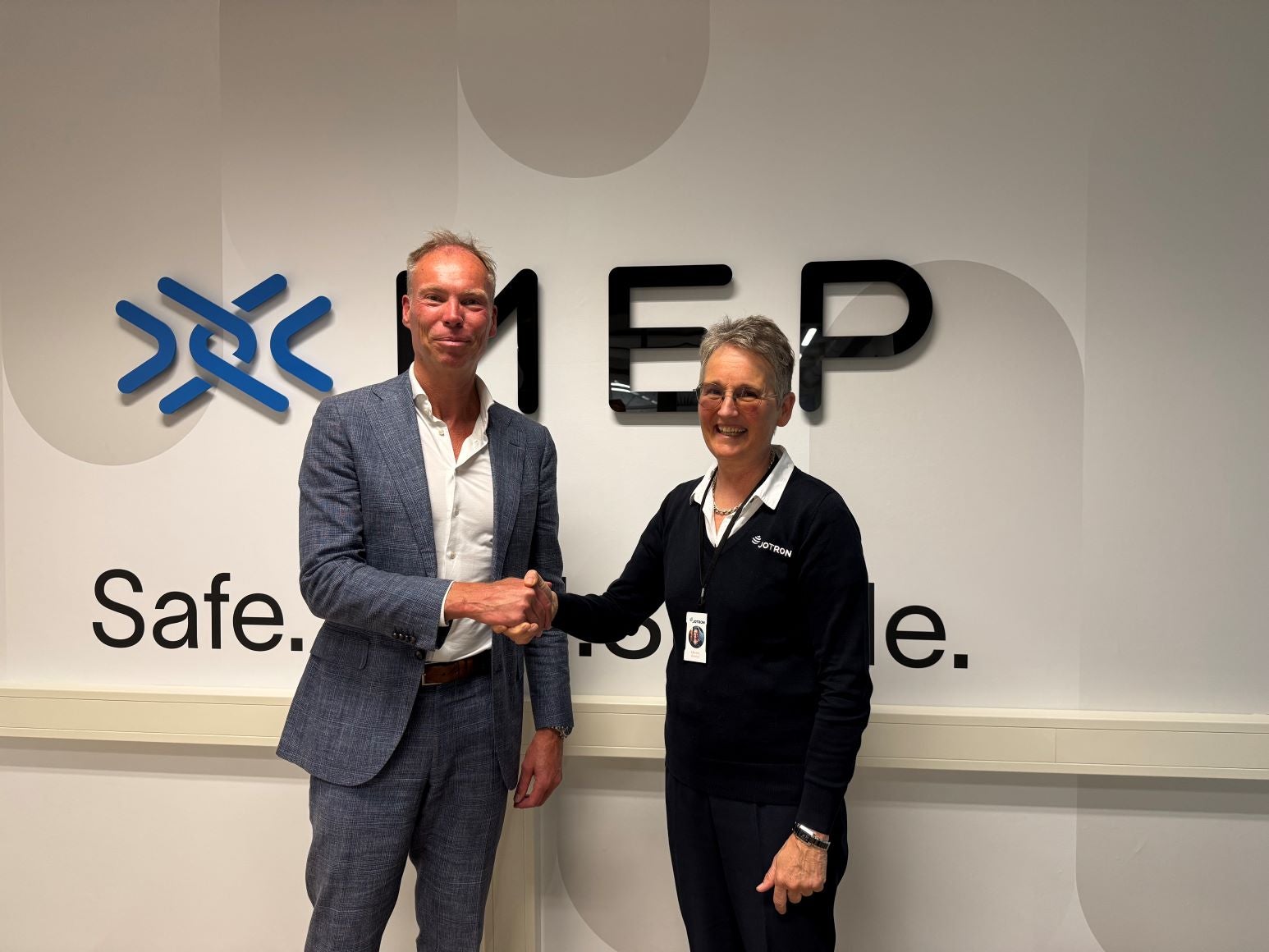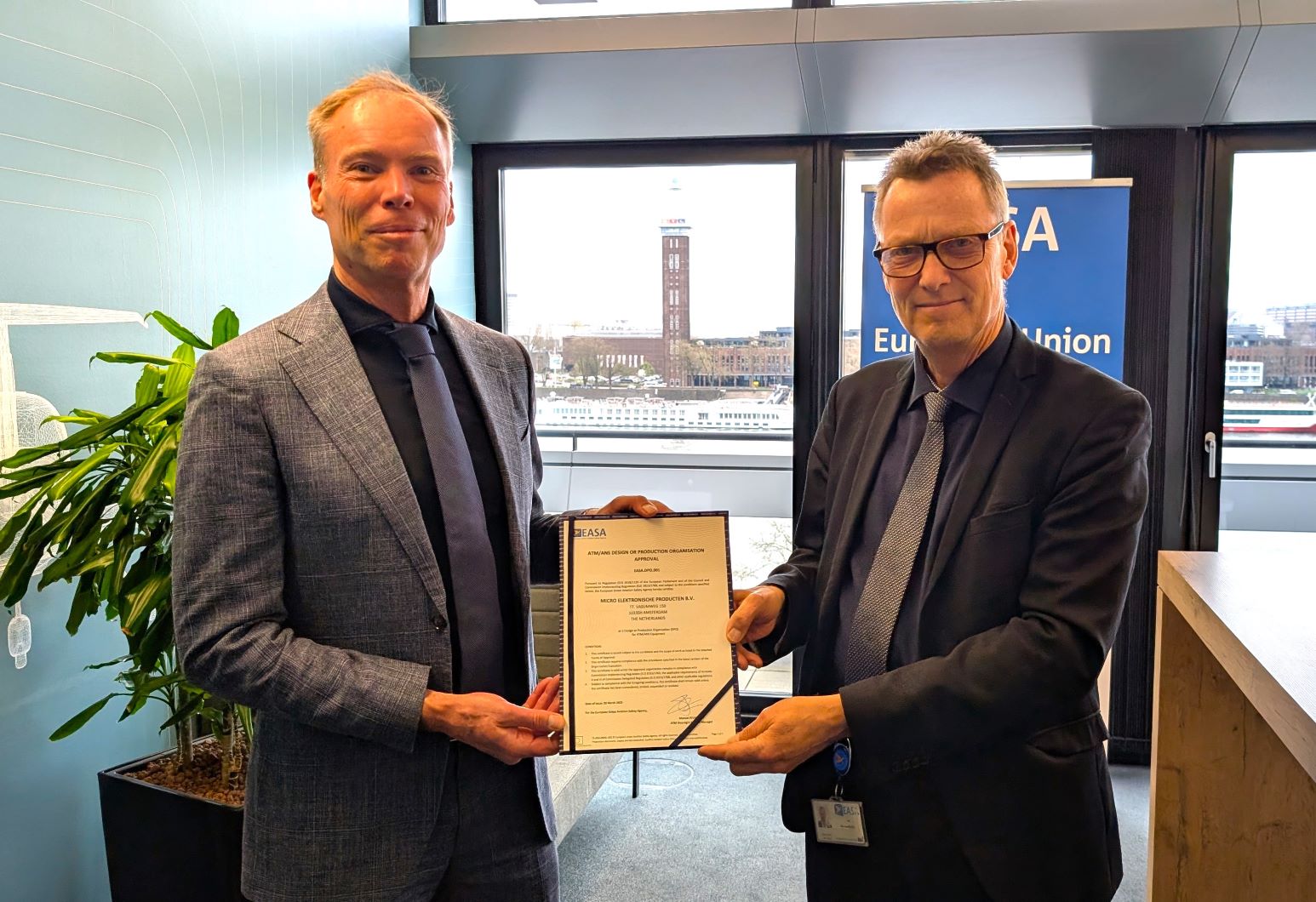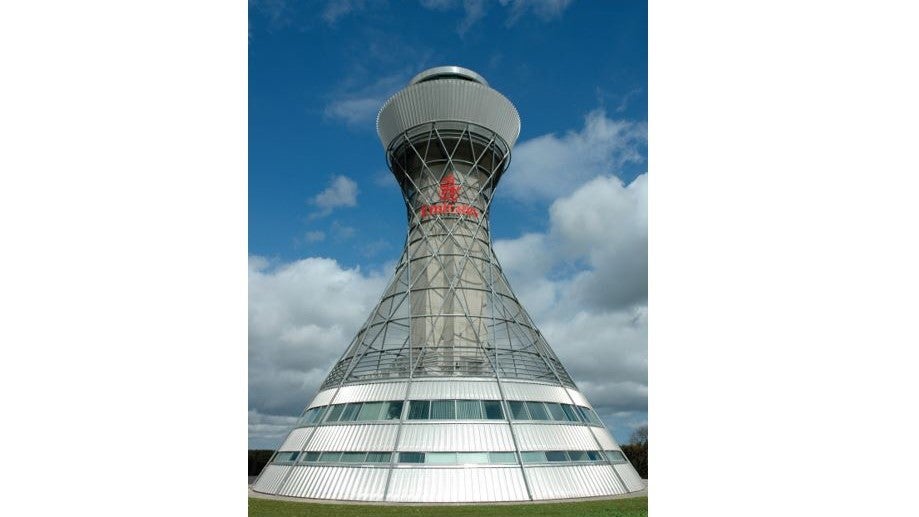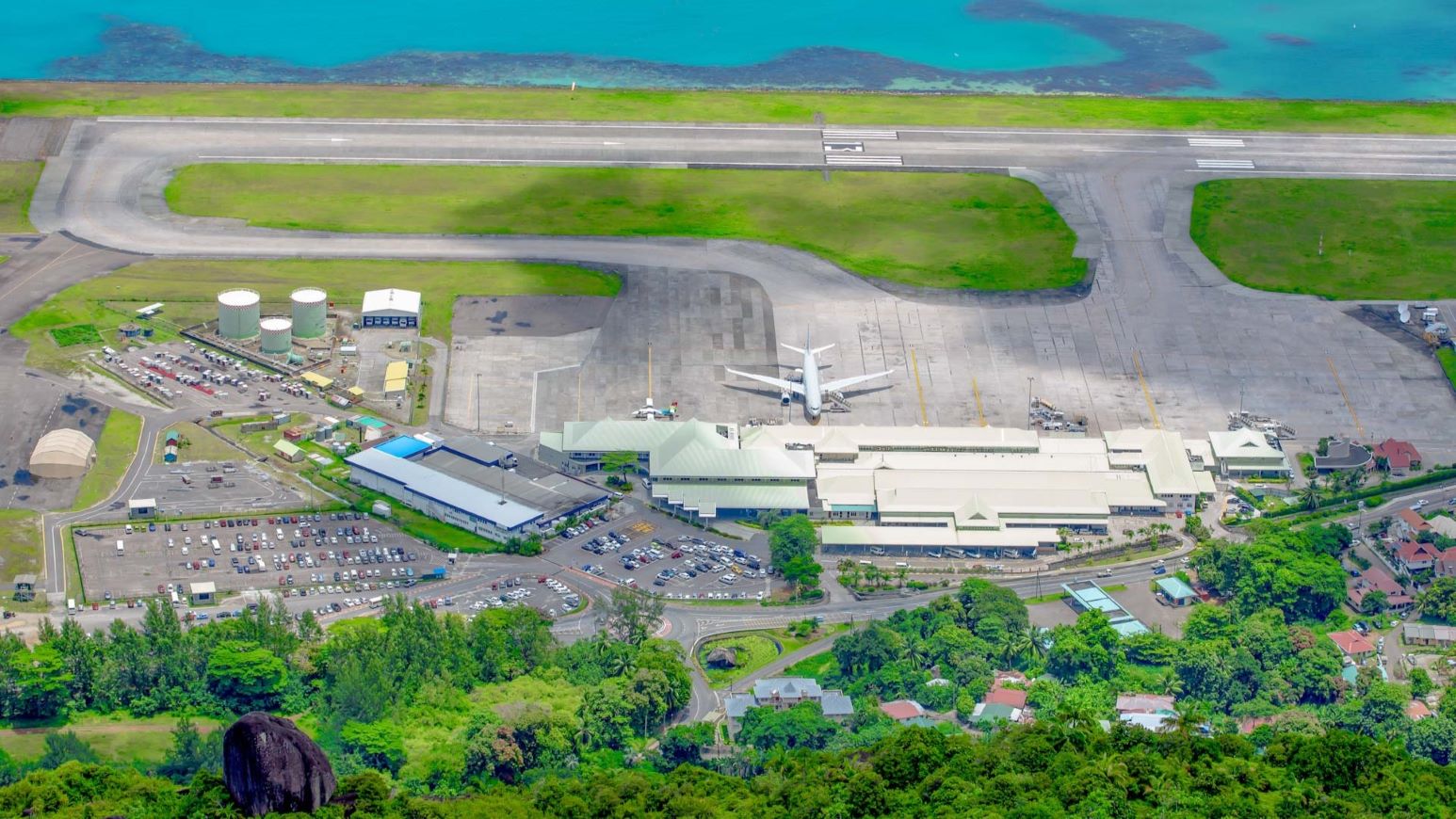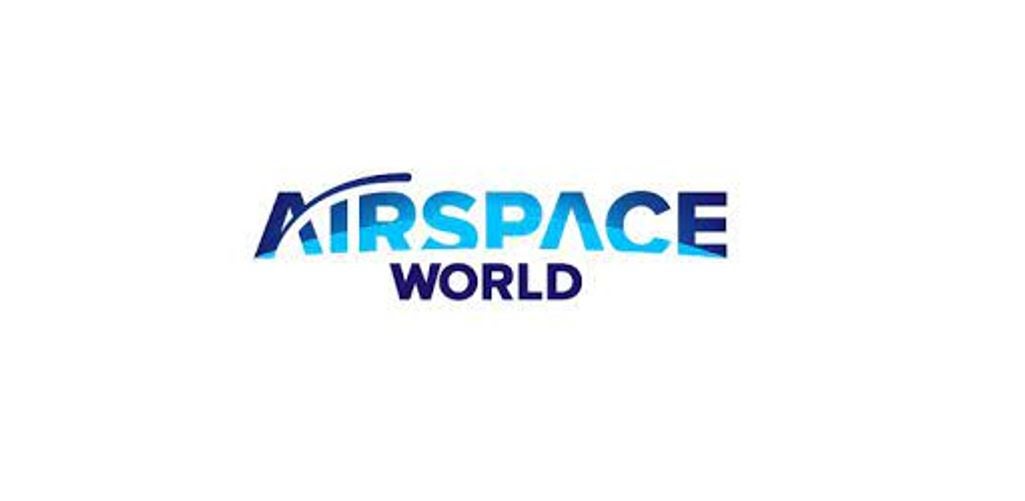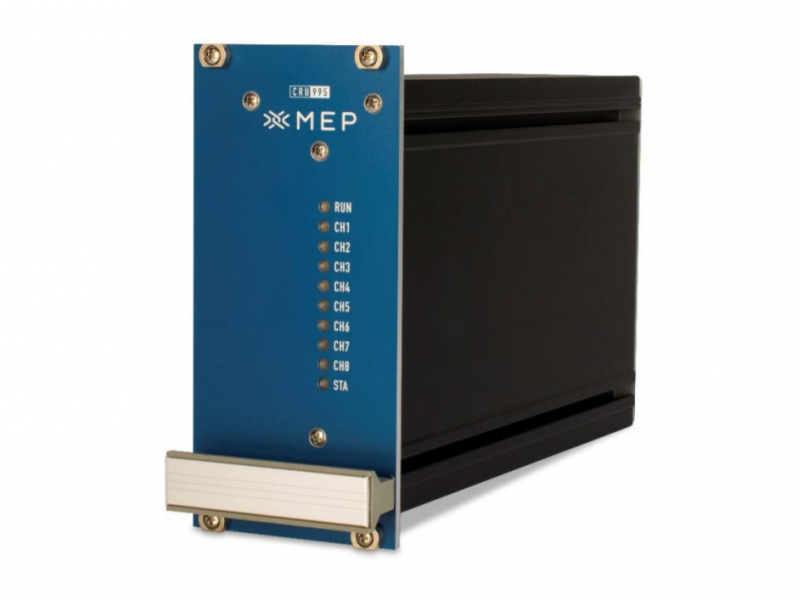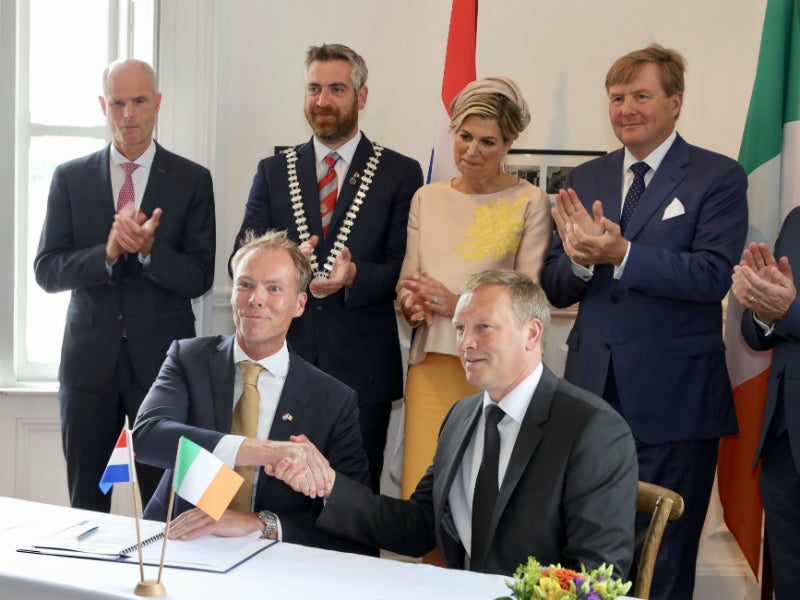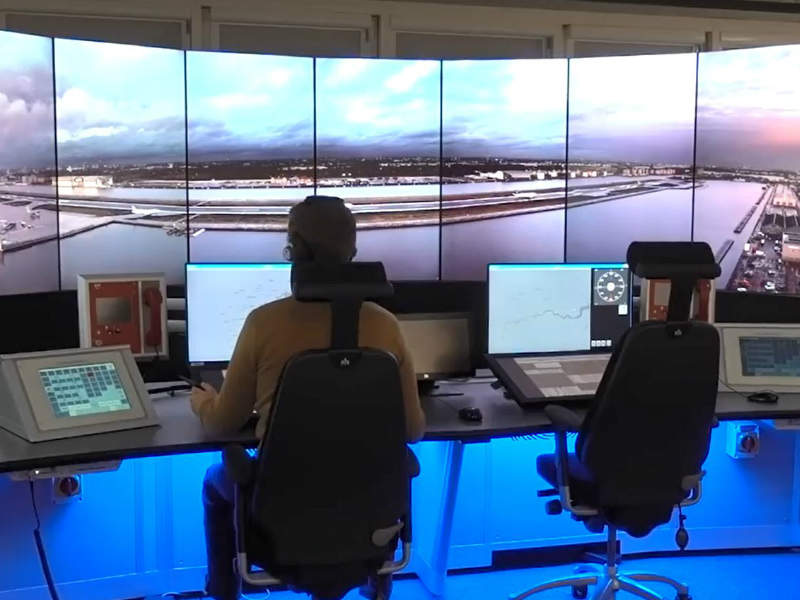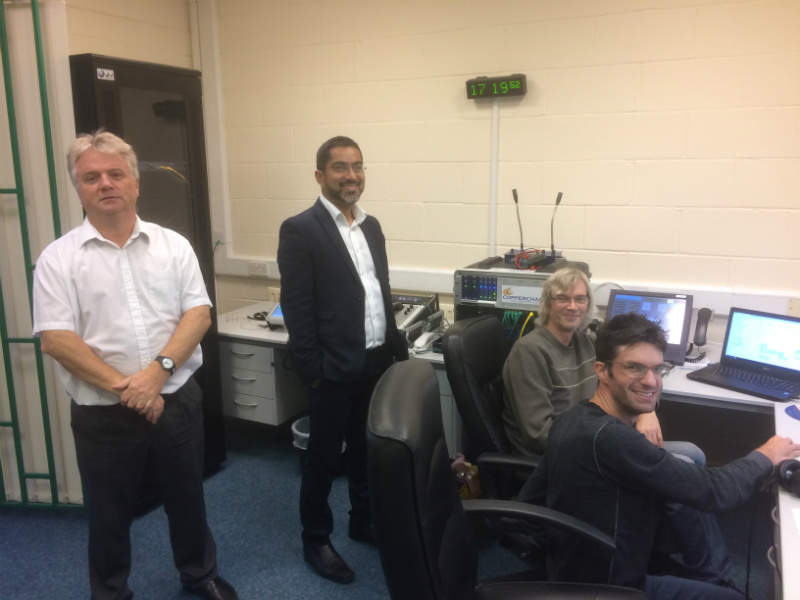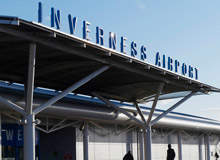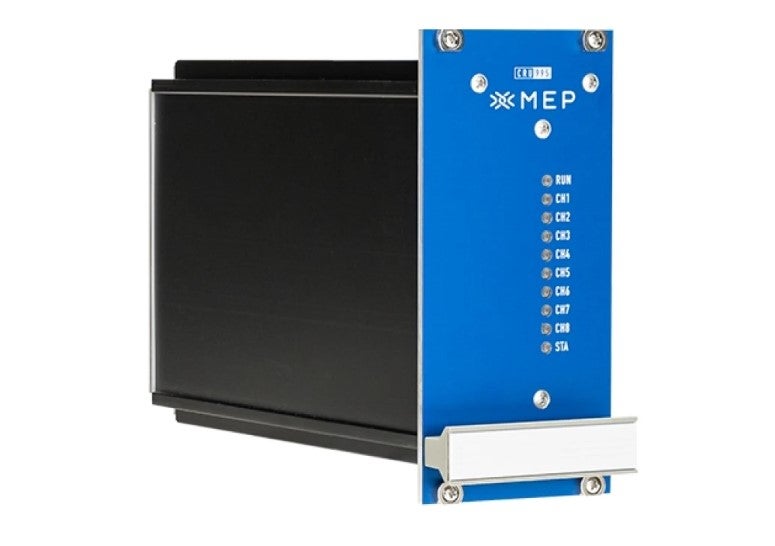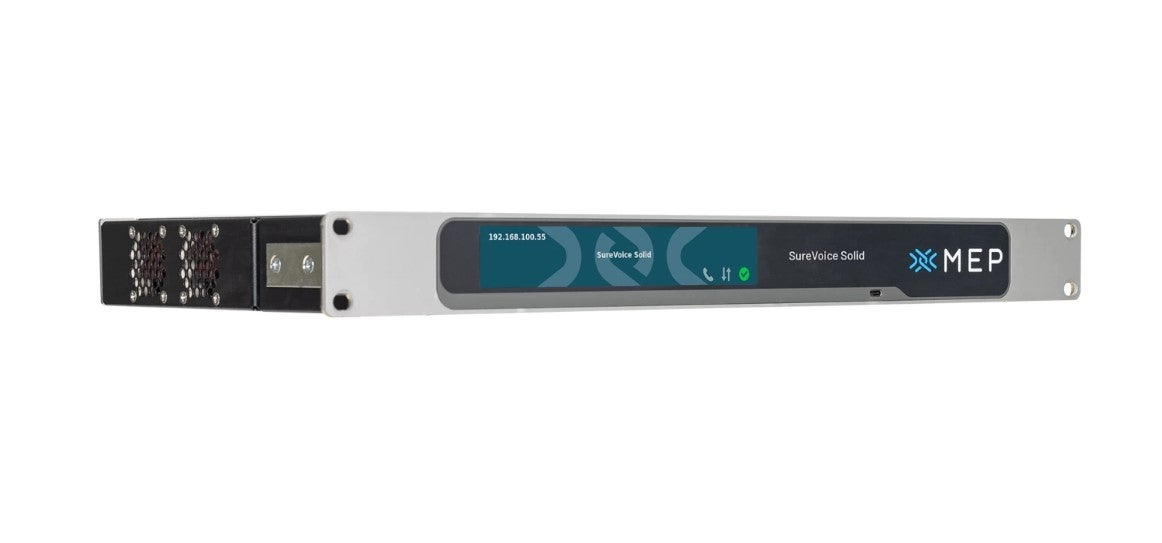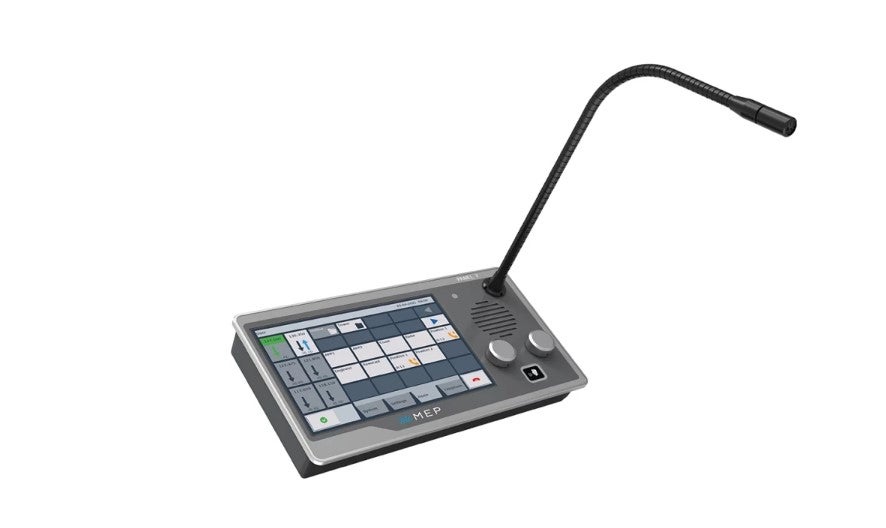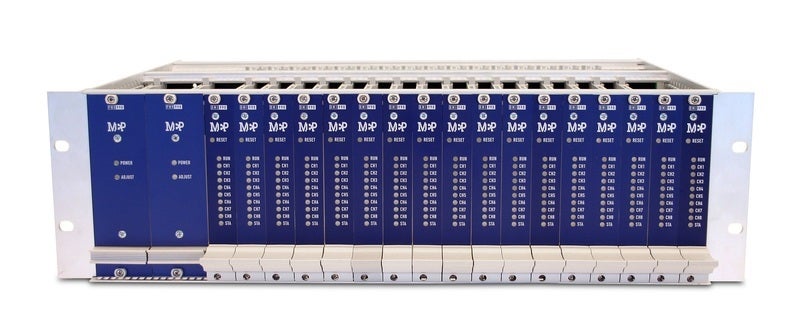
MEP offers a range of voice communication systems (VCS) for the aviation industry. Its products are used by air traffic controllers across the world and meet the highest safety standards. The company’s solutions guarantee that air traffic controllers have access to clear and reliable communication that is intuitive and as simple as possible to use. MEP works with air traffic controllers across the world and many major airports depend on its expertise, including Heathrow Airport, Newcastle International Airport, Sentani Airport Papua, Luxembourg Airport, and more.
All elements of MEP’s solutions are carefully designed for the best combination of innovation, convenience, and reliability. As safety requirements for air, water, and road traffic increase, MEP works to produce the best possible communication and management solutions that are optimised for the changing demands of the future. Working alongside its customers, MEP has a flexible approach that allows it to tailor its solutions to meet its clients’ specific needs.
Air traffic control main systems
Voice communication is an essential part of air traffic control and air traffic depends on these systems to work constantly throughout the day and night. Safety is the most important priority for air traffic control and MEP therefore provides companies with high quality and reliable systems that operate continuously and deliver a high level of performance. The company’s solutions feature a cleanly designed layout to provide air traffic controllers with all of the required information at a glance, allowing them to remain focused on guiding air traffic.
Last resort voice communication systems for airports
While rare, sometimes an airport’s VCS become temporarily inactive. To ensure that air traffic can still be safely directed if this occurs, MEP offers last resort systems. These systems are installed independently from the main VCS and use a separate infrastructure, including networks and cabling. The last resort systems feature an intuitive interface that can be configured to match the main VCS as closely as possible, allowing operators to continue to work seamlessly, even in emergency situations.
Selecting voice communications systems for regional airports
While voice communication systems are used by both regional and international airports, there are some differences that must be taken into consideration when selecting an appropriate system. Larger international airports require more systems and their functions remain separate. They also handle flights coming from further away and with different approach altitudes. When an aircraft gets closer to a larger airport, the volume of information that is exchanged increases as the control tower determines which runway is most suitable. Once clearance has been received, the aircraft must then land and taxi to its final destination, which also requires guidance.
Aircraft landing at larger airports therefore receive many different types of communication from different people across a range of devices. Some specialised functions, such as crash alarms, are also broadcast over separate systems. While landing at larger airports requires a lot of different communications, there are typically several teams to organise each element of communication.
At regional airports, less communication is needed as they typically have fewer runways. This is usually handled by one person as there is less traffic, meaning that multitasking is common and there is less automation. As regional airports have to do more work with fewer people and less equipment, the communication system must be able to assist with the communication.
Smaller regional airports are often connected to each other via phone, so a strong phone network is also important. Most larger airports have updated to digital equipment while many smaller airports are still working with analogue equipment. Regional airports must therefore decide if they should keep the analogue systems or upgrade to newer digital systems.
All of these difference must be taken into consideration when choosing communication systems for regional airports. MEP can advise regional airports and help them to decide which solutions are most suitable for them. The company offers installation and maintenance services, and also keeps in close contact with clients to provide advice and answer any questions, should they arise. Support is provided throughout the installation and testing processes and the company also assists with training air traffic controllers to use new equipment.
Using its industry expertise, MEP provides its clients with reliable advice and guidance and maintains a strong relationship with all of its customers.
About MEP
Founded in 1989, MEP develops and supplies voice communication systems for the aviation and maritime industries. Many customers around the world rely on the company’s systems every day, and MEP is now one of the fastest growing companies within the aviation industry. MEP works in full compliance with all of the required quality criteria for the aviation industry, including ED137 and Ed135 software, hardware, and testing requirements. It is also an ISO9001: 2015, ISO27001 and ISO 14001 certified organisation.
Innovation is essential to MEP and the company aims to produce the most advanced solutions that use the latest technological innovations and also meet the industry’s standards for safety and critical security. MEP works in full compliance with all of the aviation sector’s quality criteria to ensure it delivers the best possible products that combine innovation and convenience. Its hardware and software systems are tested thoroughly to guarantee high levels of performance under any conditions.



